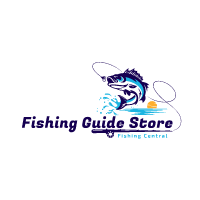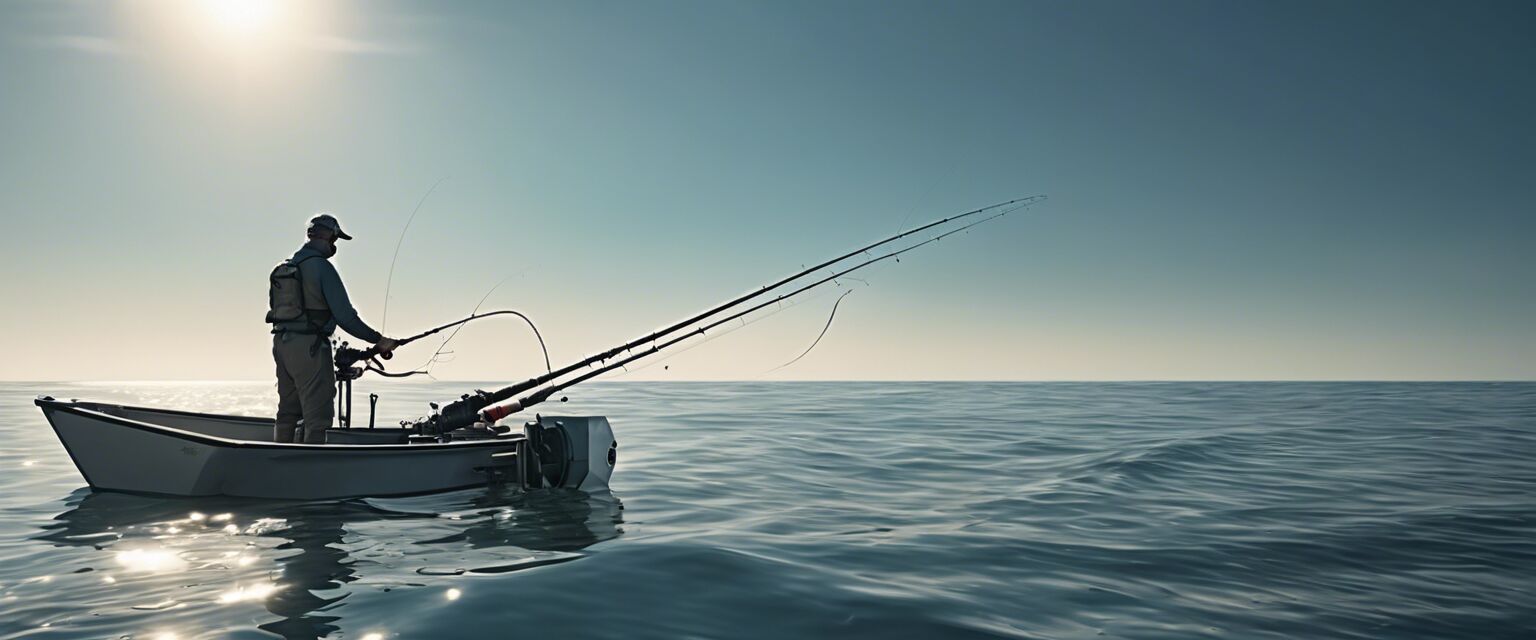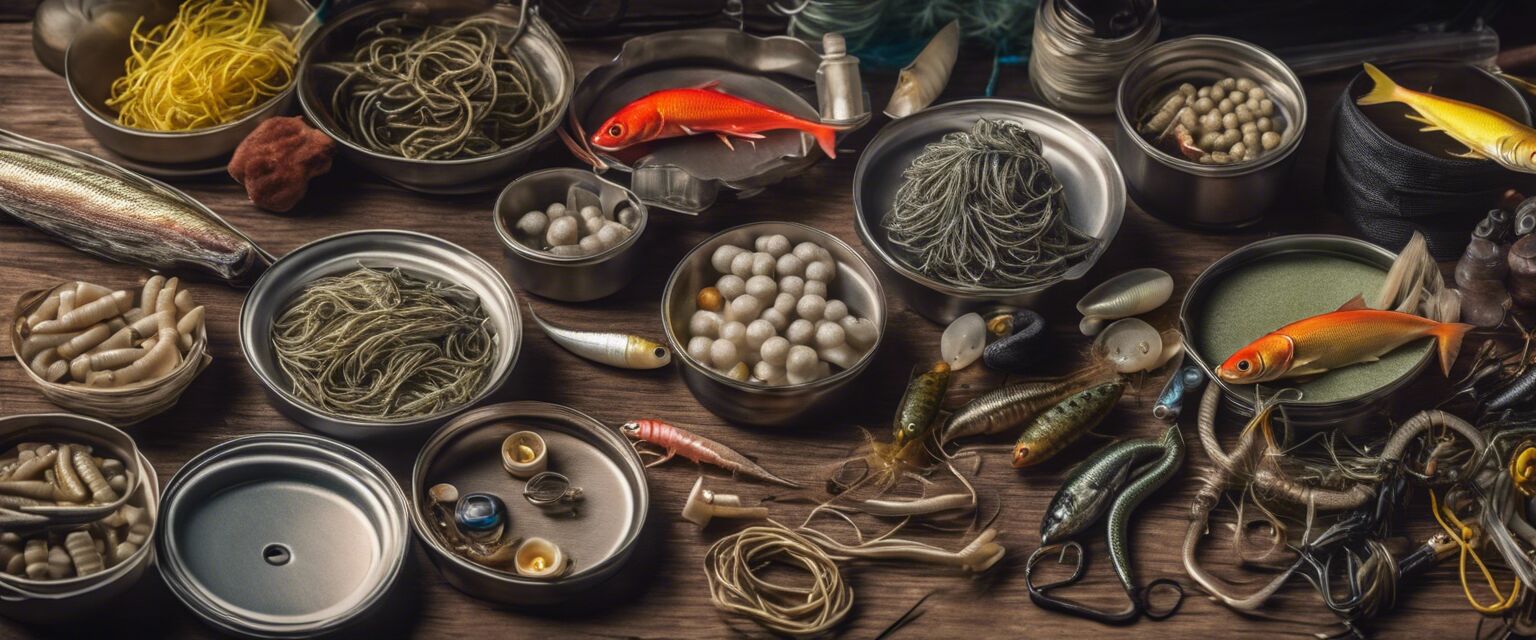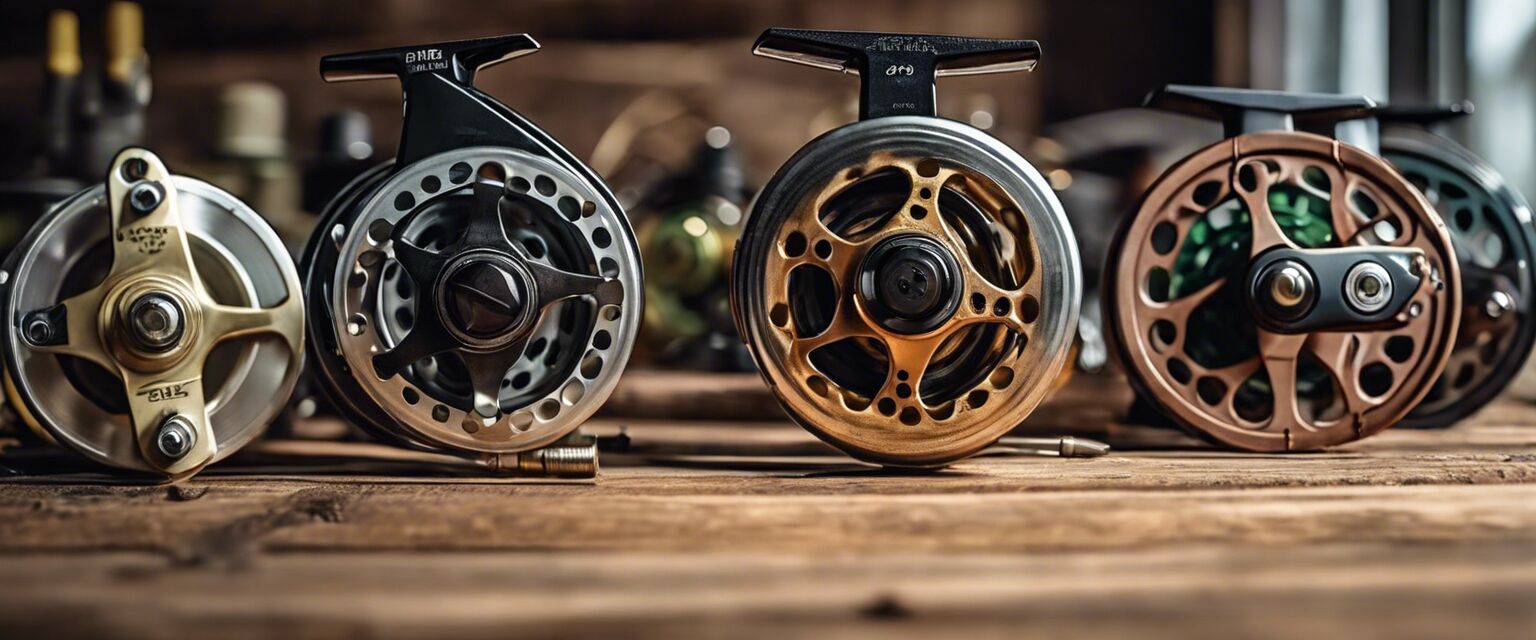
Fishing Reels
Key Takeaways
- Fishing reels come in various types, including spinning, baitcasting, and fly reels.
- Choosing the right fishing reel depends on your fishing style, targeted species, and budget.
- Maintenance is crucial for the longevity of your fishing reel.
- Understanding reel gear ratios can significantly enhance your fishing experience.
- Always consider the compatibility of your reel with your fishing rod and line.
Fishing reels are essential tools for both novice and experienced anglers. They serve as the mechanism for casting, retrieving, and controlling the line. In this comprehensive guide, we will explore the different types of fishing reels, how to select the right one, maintenance tips, and more.
Types of Fishing Reels
| Type of Reel | Description | Best For |
|---|---|---|
| Spinning Reel | Easy to use and versatile, suitable for light to medium fishing. | Beginners and casual anglers. |
| Baitcasting Reel | Offers precision and control, ideal for heavier lines and lures. | Experienced anglers targeting larger species. |
| Fly Reel | Designed for fly fishing, helps to manage line and drag. | Fly fishing enthusiasts. |
| Spincast Reel | Combines features of spinning and baitcasting; easy to use. | Young anglers and beginners. |
How to Choose the Right Fishing Reel
Choosing the right fishing reel can make a significant difference in your angling success. Here are some key factors to consider:
- Fishing Style: Determine whether youâll be fishing in freshwater or saltwater, and what type of fish you are targeting.
- Reel Size: The size of the reel should correspond with the type of fishing line and rod youâre using.
- Gear Ratio: This affects how quickly you can reel in your catch. Higher gear ratios retrieve line faster.
- Drag System: Look for a smooth drag system that can handle the weight of the fish you are targeting.
- Material Quality: Choose reels made from durable materials that can withstand the elements.
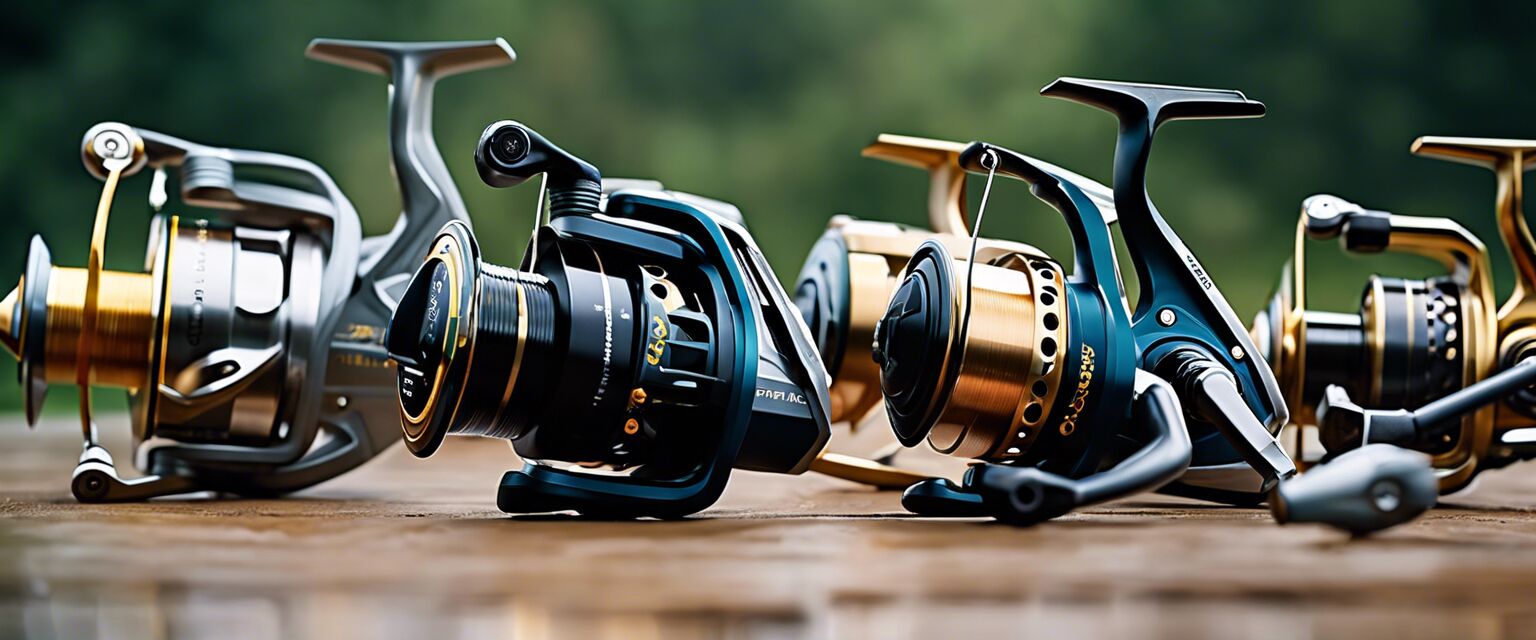
Understanding Fishing Reel Gear Ratios
The gear ratio of your fishing reel determines how many times the spool rotates for each turn of the handle. Here is a simple breakdown:
| Gear Ratio | Rotation per Handle Turn | Best Use Case |
|---|---|---|
| 4.0:1 | 4 rotations | Great for heavy lures and slow retrieves. |
| 6.4:1 | 6.4 rotations | Versatile; suitable for various fishing styles. |
| 8.1:1 | 8.1 rotations | Best for quick retrieves and reaction fishing. |
Maintenance Tips for Fishing Reels
Proper maintenance can extend the life of your fishing reel. Follow these tips:
- Clean your reel after each use, especially if fishing in saltwater.
- Lubricate moving parts regularly to ensure smooth operation.
- Check for line twists and replace any worn parts.
- Store your reel in a cool, dry place.
- Inspect the drag system and adjust as necessary.
Tips for Beginners
- Start with a spinning reel; itâs easier for beginners.
- Practice casting in an open area before hitting the water.
- Learn to tie different fishing knots for secure connections.
- Ask experienced anglers for advice on choosing the right gear.
- Join local fishing clubs or forums for support and information.
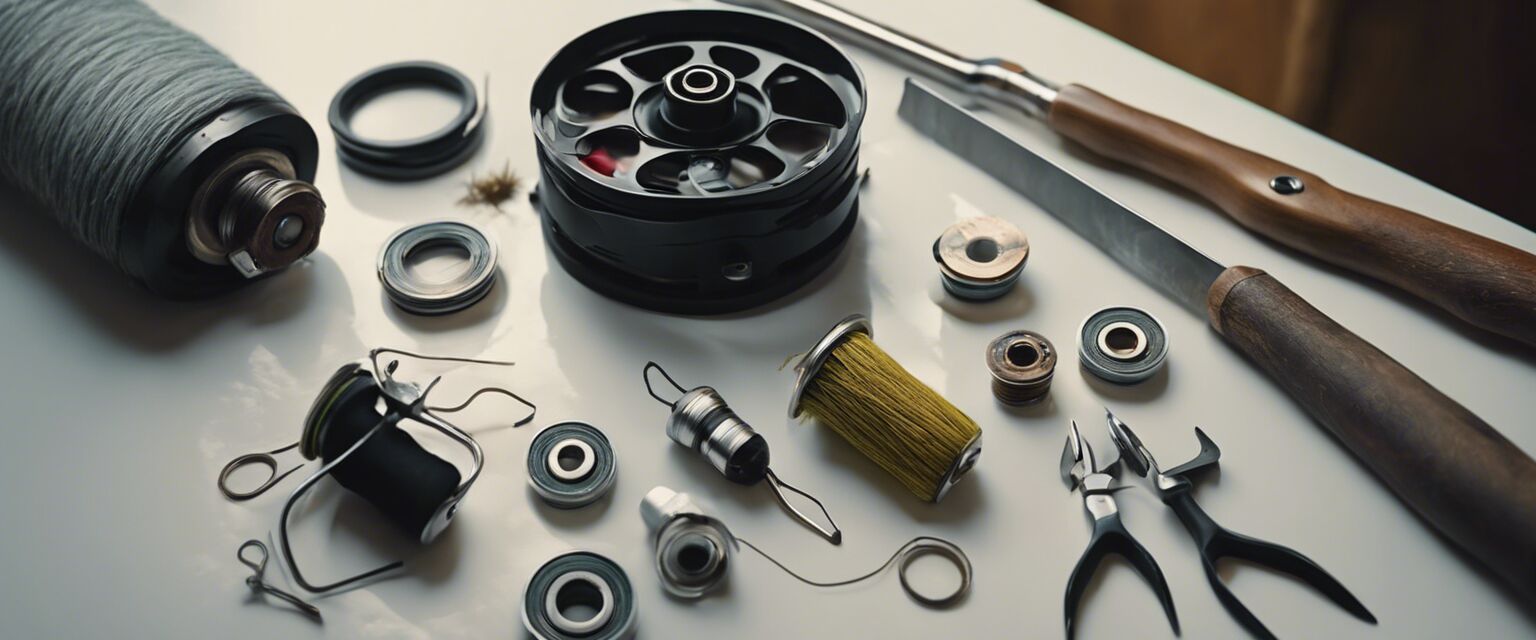
Conclusion
Understanding fishing reels is crucial for any angler looking to improve their fishing experience. By knowing the different types of reels, how to choose the right one, and maintaining it properly, you can enhance your chances of landing that big catch. Explore our fishing reels category to find a variety of options that suit your needs!
Pros
- Improves casting distance and accuracy.
- Allows for better control of line and drag.
- Enhances the overall fishing experience.
- Variety of options available for different fishing styles.
Cons
- Can be overwhelming for beginners due to variety.
- Requires maintenance to ensure longevity.
- Quality reels can be expensive.
